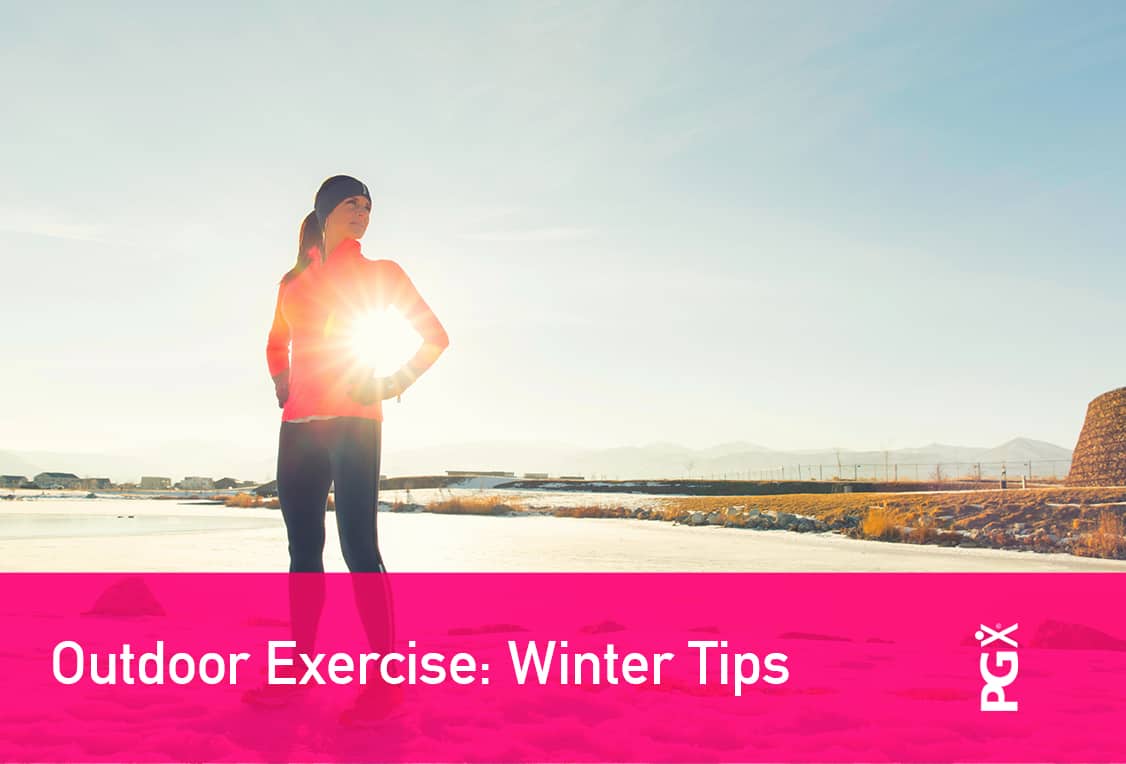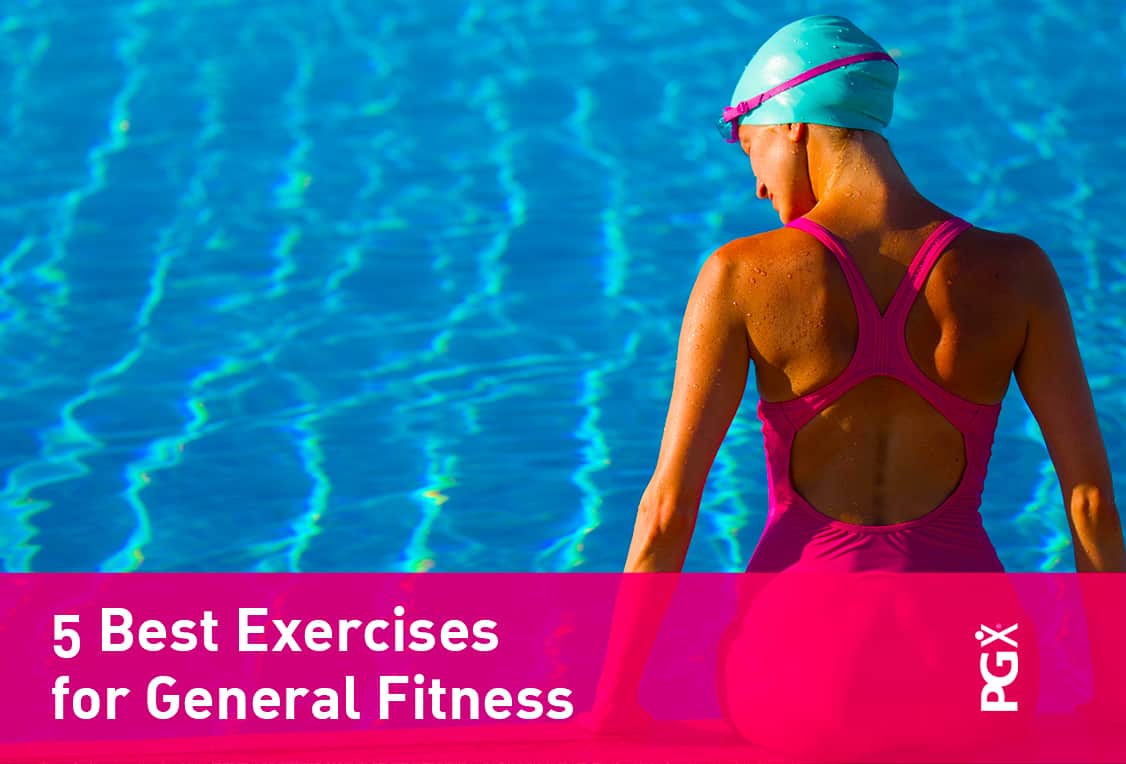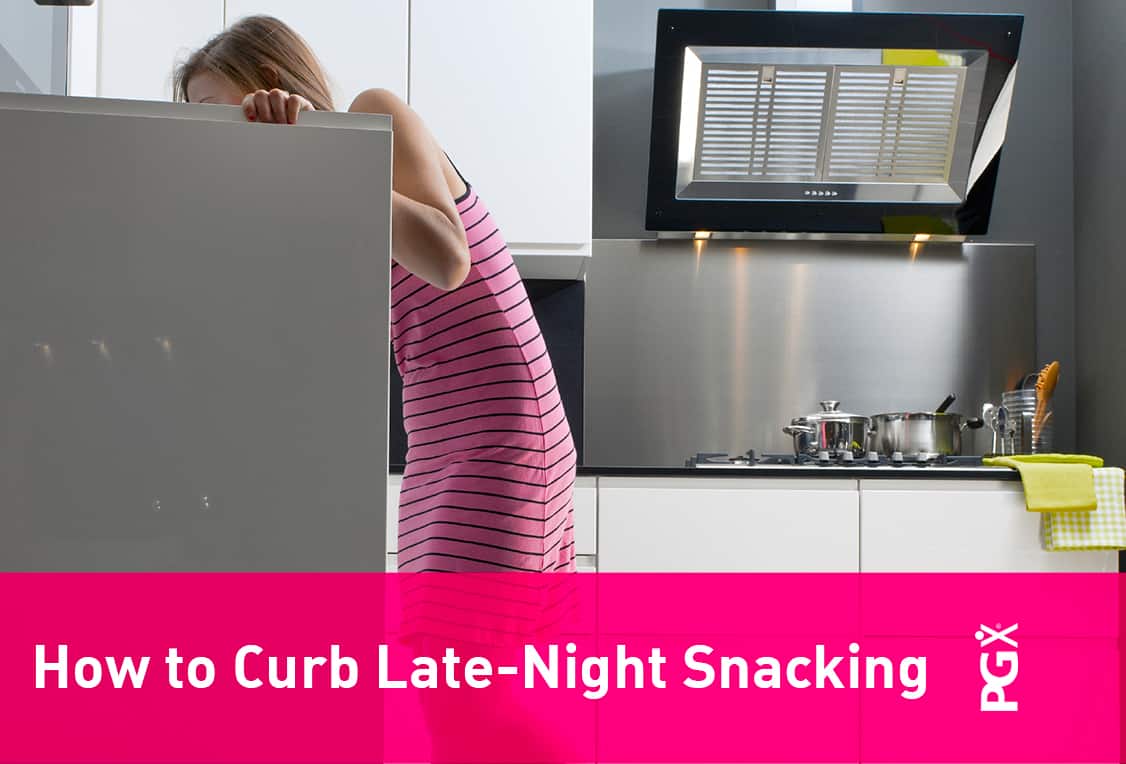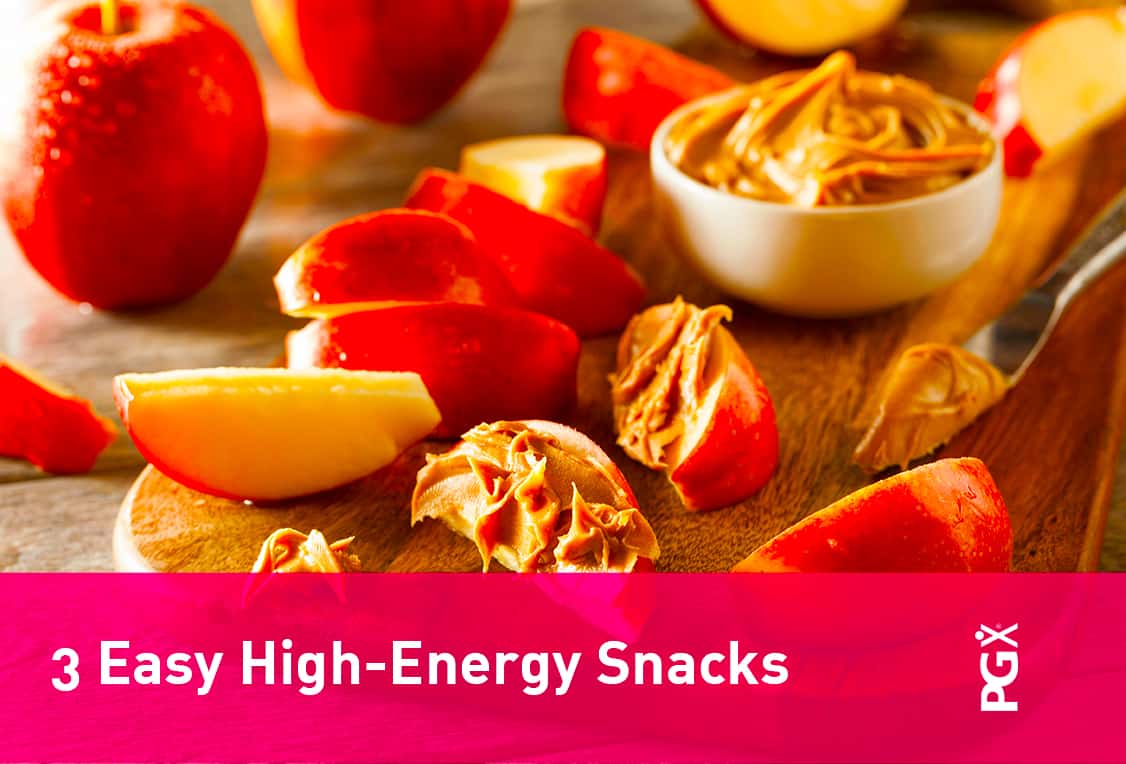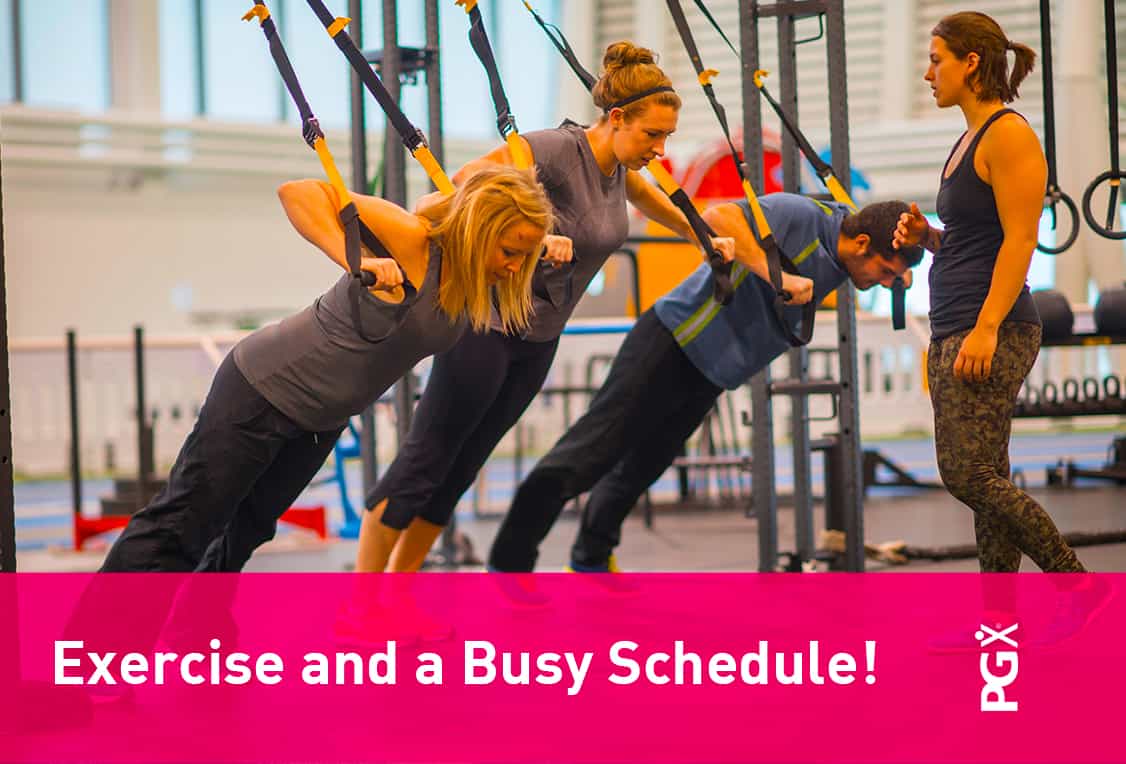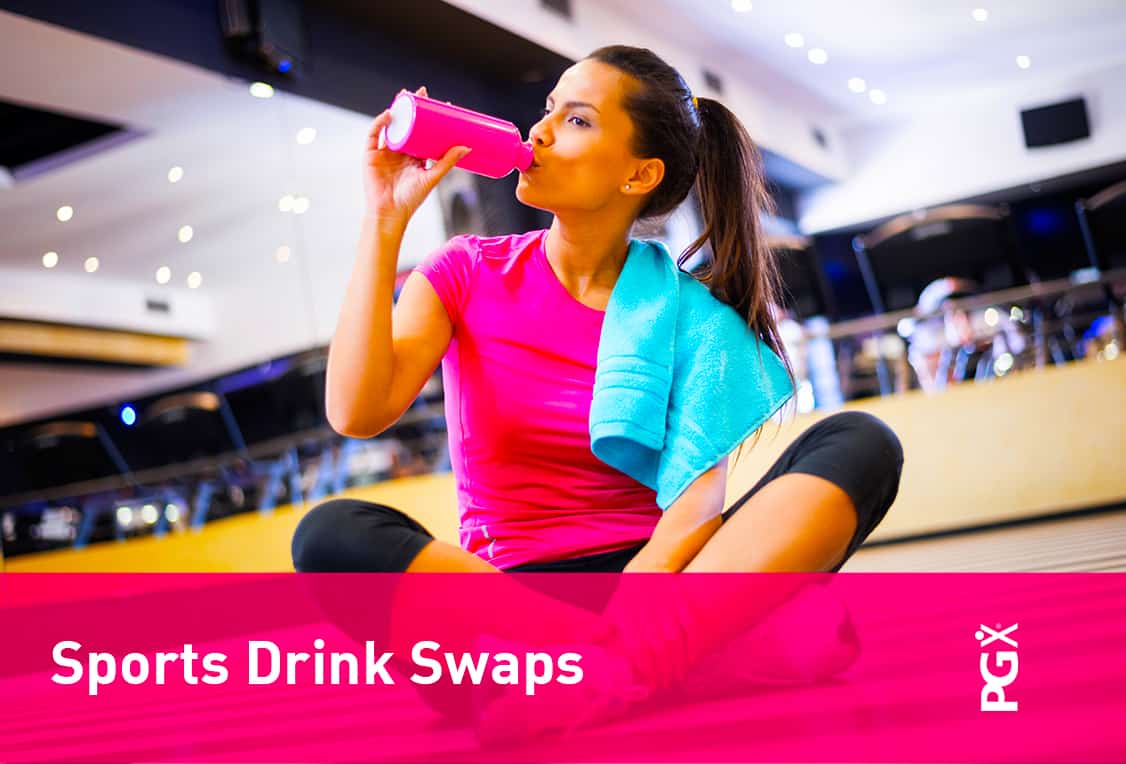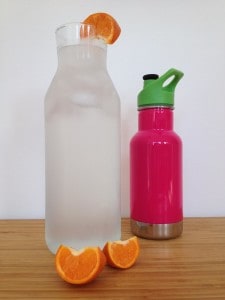
We all know that cardio is important, even if you fall into the category of people who dread it. Whether you’re a lover or hater of cardio, the fact remains that it burns fat and calories, increases the strength of your heart, reduces stress and helps you to sleep better [1]!
There are so many different ways of getting cardio into your day. Here are a few of my favorites:
- Dancing to music (I even do it in my living room)
- Swimming at the gym
- Stair stepper / elliptical
- Running
- High-intensity interval training
The Different Kinds of Cardio
There’s always talk about whether to do steady rate cardio (traditional cardio), such as going for a jog, or high-intensity interval training, such as quick sprints with rest in between. Steady rate cardio is aerobic and tends to burn using fat while high-intensity cardio is anaerobic and mainly uses carbohydrates.
To lose one pound of weight you need to burn 3,500 calories more than you would consume over a period of time [2]. Steady rate cardio takes longer to burn these calories, but it tends to be easier on your body (think, jogging). However, if you’re on the go and don’t have a full hour to exercise, high-intensity cardio can burn the same amount of calories much quicker because of the high level of intensity. Steady rate cardio burns fat while high intensity burns more stored carbohydrates.
Confused? Let’s break down what each format is best for.
Steady Rate (Traditional) Cardio
- A huge majority of bodily functions such as digestion, walking, standing and sleeping, all depend on the aerobic system. Even high-intensity cardio depends on the aerobic system to restore the body to its natural state after each interval [3].
- Working at a steady pace can be meditative and a huge stress reliever.
- It is easy on your joints and bones so you can continue to do it as you age.

High-Intensity Cardio
- You can work out for a lot less time but burn the same amount of calories (or even more) than steady rate. Excess Post Oxygen Consumption allows your body to burn calories even after you are done exercising!
- If you get bored doing steady rate cardio, high-intensity cardio may be what you need to keep you motivated. The exercises are quick and hard so you really need to pay attention to what you’re doing.
- You generally become faster if you practice a lot of HIIT (sprints, etc), as your body gets used to the movement.
As you can see, there are points in favor of both types of cardio. As far as choosing which one is better, I think that depends on your lifestyle, your fitness goals and what’s reasonable for you. On the whole, I believe that incorporating both steady rate and high-intensity cardio into your lifestyle is the best way to go, as they each offer their own benefits to your overall health.
References:
[1] Waehner, Paige. “Everything You Need to Know About Cardio-How Long, How Hard, How Much.” About.com Health. About.com, 16 July 2015. Web. 18 Dec. 2015.
[2] Mitchell, Stephanie. “The Fat Loss From Long Cardio Vs. HIIT.”LIVESTRONG.COM. LIVESTRONG.COM, 20 Oct. 2013. Web. 18 Dec. 2015.
[3] Heffernan, Andrew. “Steady-State Cardio Vs. High-Intensity Interval Training.” Experience Life. N.p., 1 Feb. 2014. Web. 18 Dec. 2015.


